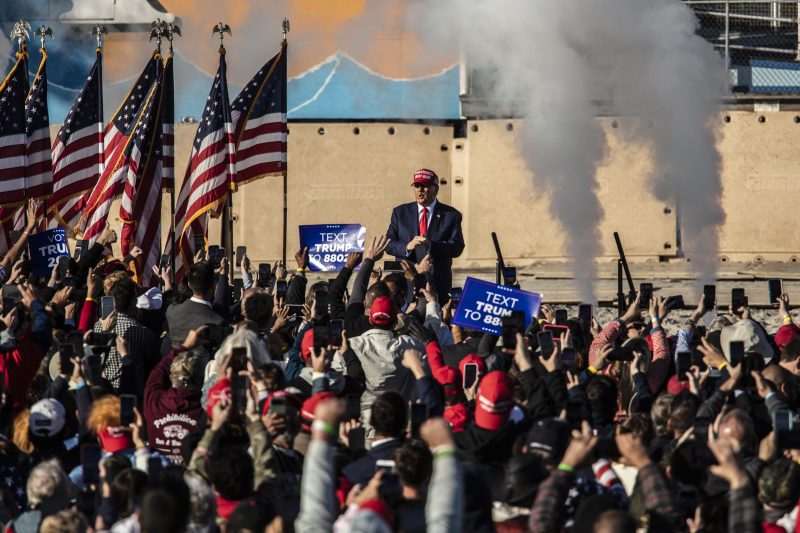
Never Forget: Election Outcomes Aren’t Dictated by Rally Attendance!
The 2020 presidential elections in the United States witnessed an outpouring of large-scale rallies, many of which were inundated with swathes of ardent supporters. Perhaps this spectacle painted a picture of the perceived popularity of different candidates. It is, however, essential to note that our regular reminder in this discourse is this: rally turnout does not predict election results. Whether it’s the fervor at a Bernie Sanders gathering or the sea of red hats at a Trump event, basing election forecasts on rally sizes is misleading and antiquated. Here are several reasons why.
Firstly, let’s delve into the ostensible correlation between rally turnout and election prediction. Historically, the connection between the size of a political rally and the final election result has been tenuous at best. John F. Kennedy once alluded that the size of one’s rallies could be indicative of overall success. However, it should be noted that the advent of social media, big data, and more sophisticated polling methodologies have largely invalidated this claim in a contemporary context.
Secondly, let’s tackle the essence of rally demographics. Rallies are more likely to attract the candidate’s staunchest supporters. Hence, they do not accurately reflect the candidate’s popularity among swing voters or the general populace. It’s critical to remember that the enthusiastic crowds at rallies comprise only a fraction of the electorate. Does a spirited rally encompass the undecided voters or those lukewarm towards the candidate? Mostly not. Therefore, the rhetoric suggesting that rally size equates to broader populace support is fundamentally flawed.
Thirdly, consider this factor – rallies are not ubiquitous. They usually occur in strategic locations, focusing on key states or communities geared towards specific outcomes. Usually, politicians concentrate their rallies in battleground states where the competition is heated. However, this begs the question: does a high turnout in these selective locations represent the voting pattern of states that haven’t had the privilege of hosting such gatherings?
Next is the issue of the silent majority. Every election has its share of quiet voters who shun the spotlight and amidst the bustle and fanfare. They may not take part in rallies or actively pledge their support on social platforms but make their voices heard when they cast their ballots. Simply put, rally turnouts don’t factor in the silent majority, whose impact can swing the vote.
Also, let’s not forget about the media’s role in these matters. The media might not fully cover a political rally, thereby making it appear smaller or less successful than it actually was. By the same token, the media might overemphasize the size of another political gathering, painting a skewed picture of that candidate’s popularity.
In conclusion, the takeaway point is that equating rally turnout to election results is a gross oversimplification of the complex dynamics that characterize electoral outcomes. While rallies are a colourful and noisy part of the campaign circuit and allow for direct interaction between candidates and their hardcore supporters, it would be a folly to treat them as indicative of which way the vote will swing. The elements that determine election results are myriad, including individual policies, economic conditions, the candidates’ charisma, media influence, and last-minute events. So next time you watch an election, remember: impressive rally turnout does not equate to a ballot box victory.
